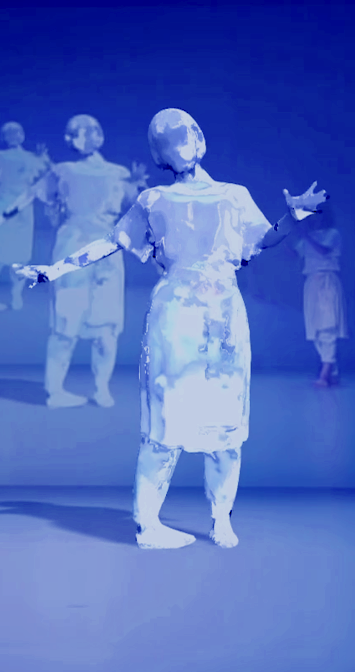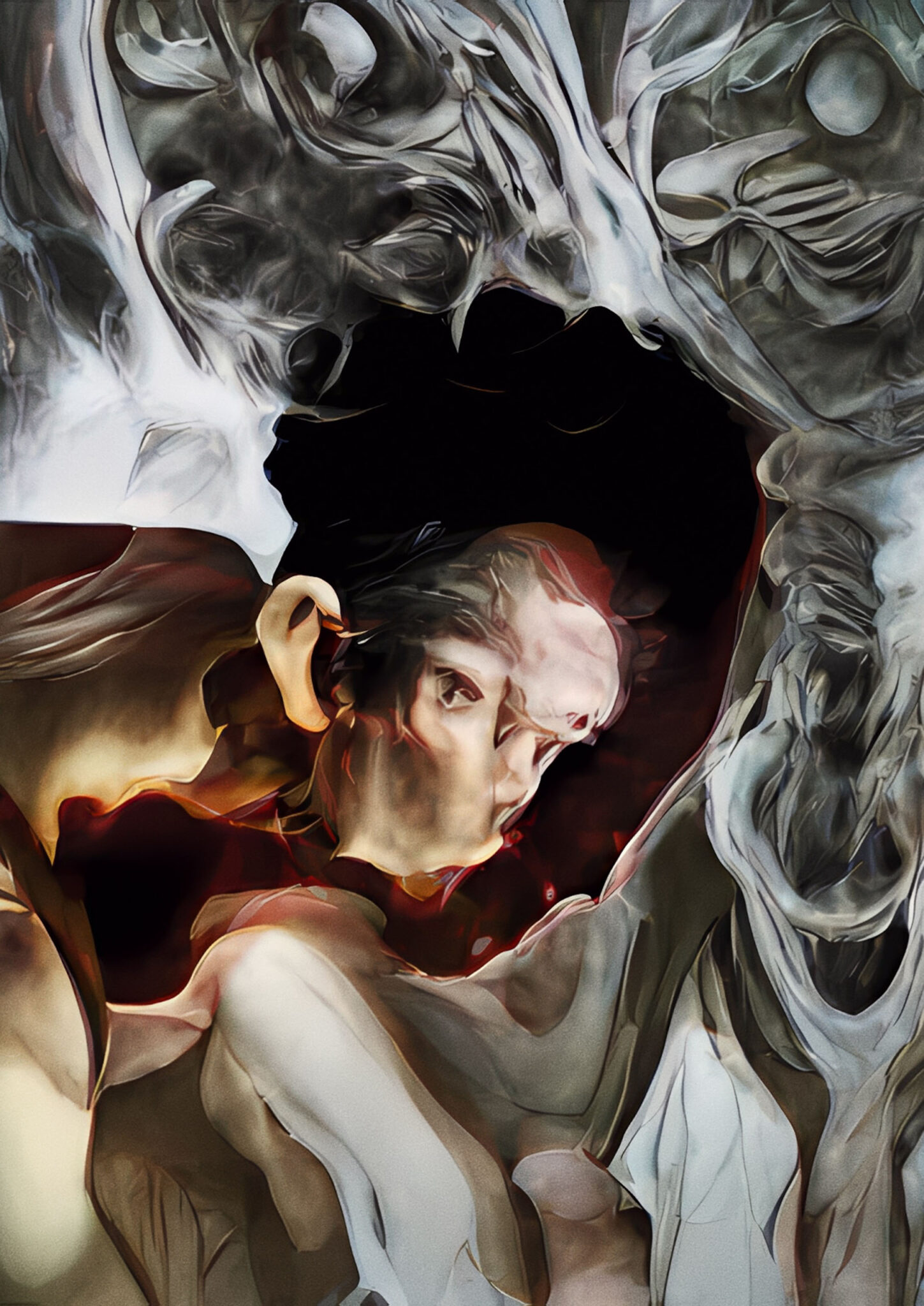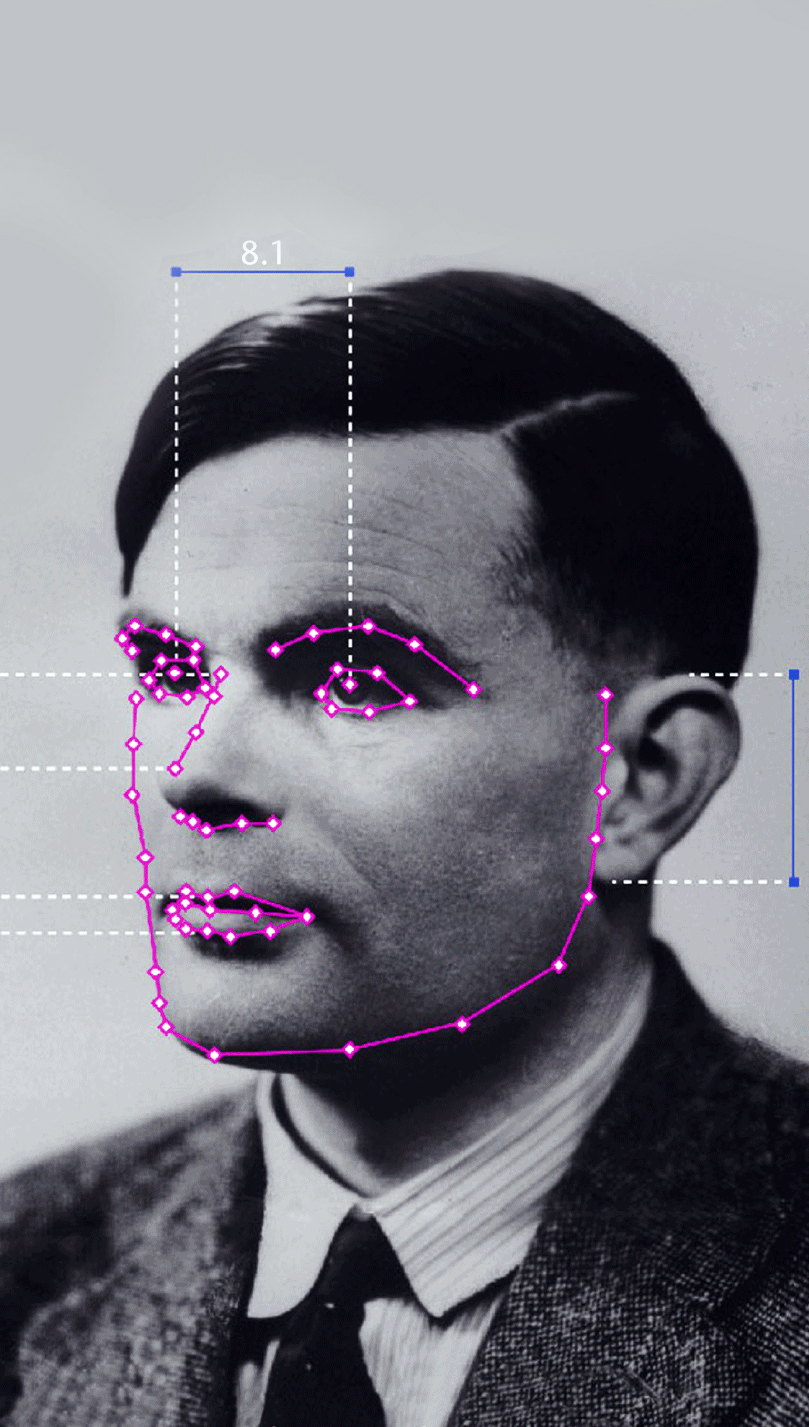
Rhizomatiks Research ELEVENPLAY Kyle McDonald
discrete figures 2019
Human performers meet computer-generated bodies, calculated visualisations of movement meet flitting drones! Artificial intelligence and self-learning machines make this previously unseen palette of movement designs appear, designs that far transcend the boundaries of human articulateness, allowing for a deep glimpse into the abstract world of data processing. The Rhizomatiks Research team, led by Japanese artist, programmer, interaction designer and DJ Daito Manabe, gathers collective power with a number of experts, among them the five ELEVENPLAY dancers of choreographer MIKIKO as well as from coding artist Kyle McDonald. The result is a breathtaking, implemented beautifully, in short: visually stunning.




















